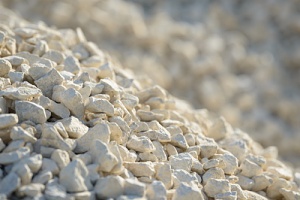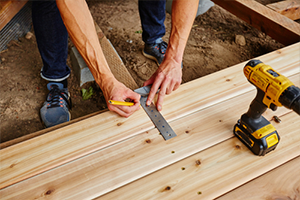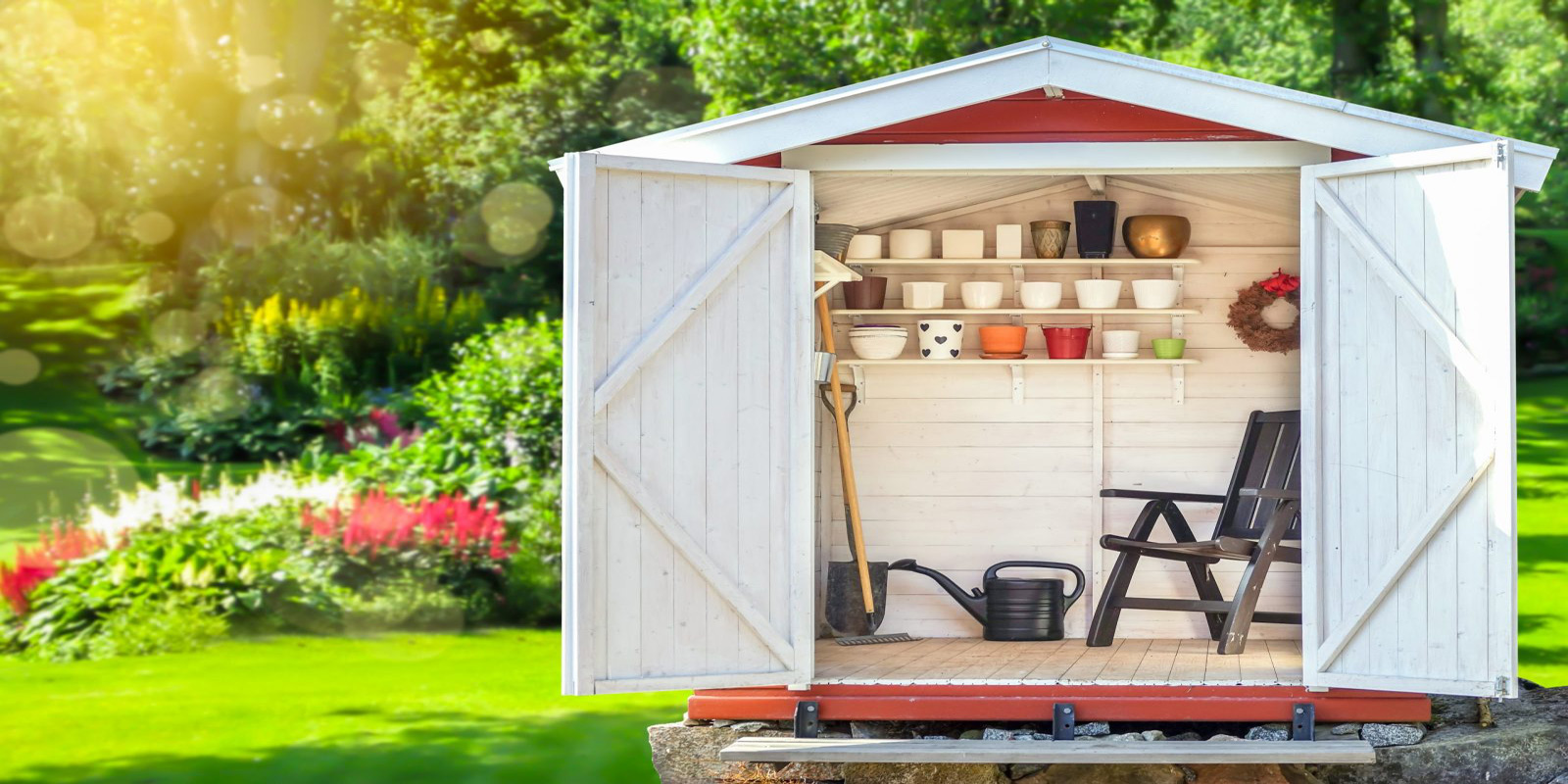Crushed stone is a gravel-like material that comes from natural rock deposits. It has an angular and jagged shape. It resembles gravel, but gravel and crushed stone are different materials. Gravel is usually less angular because it naturally occurs by erosion. Crushed stone is made during the mining process. A crusher breaks down the rock into various sizes.
Available Crushed Stone Sizes
 Crushed stone is available in different sizes of stone, from 1/4 inch up to about 2 1/2 inch, among the most common sized crushed stone is called #57 stone. The number “57” is a number that refers to the size sieve that was used to screen and sort the stone. #57 stone consists of gravel stones of about 1” to 1.5” in size, which is about the same size as nickels and quarters. The stone material itself may consist of granite, limestone, washed gravel, granite, argillite or quartzite. You can also find #57 crushed concrete.
Crushed stone is available in different sizes of stone, from 1/4 inch up to about 2 1/2 inch, among the most common sized crushed stone is called #57 stone. The number “57” is a number that refers to the size sieve that was used to screen and sort the stone. #57 stone consists of gravel stones of about 1” to 1.5” in size, which is about the same size as nickels and quarters. The stone material itself may consist of granite, limestone, washed gravel, granite, argillite or quartzite. You can also find #57 crushed concrete.
For some projects, you may want to consider using #411 stone. It consists of a mixture of stone dust and #57 stone. It is appropriate for projects that need a stone dust that mixes with the larger stone and settles well.
Common Crushed Stone Mixups
Another type of material that is sometimes confused with crushed stone is “crush and run gravel”, also known as “crusher run”. It is a type of stone used in driveways and parking areas. Crush and run gravel is a mixture of stone dust and small crushed stone. Crushed stone with larger size stones is called “ballast”. You will see it used to support railways because crushed stone allows the rails to be constructed at very precise elevations.
How to Calculate the Amount of Crushed Stone Your Project Requires
You can get a sense of how much #57 crushed stone you need by using the following formula:
Density: 1 ton = 0.83 cu yd.; 1 cu yd. = 1.2 ton
Coverage: 2 inch layer = 100 sq. ft., needs about 0.62 cu yd.
Coverage: 5 inch layer = 100 sq. ft., needs about 1.54 cu yd.
When you are ready to order crushed stone for your project, you will want a more precise calculation. A good calculation will keep you from running short in the middle of your project and save you the hassle of making several trips to the gravel yard, or the expense of multiple deliveries. It will also keep you from overestimating the amount you need, and paying for it.
How To Determine How Much Crushed Stone You May Need
 You can go online and find several calculators to help you determine how much stone you need for your project. However, you should know how to calculate for yourself the amount you need so you do not spend more than necessary and end up with more than you really need.
You can go online and find several calculators to help you determine how much stone you need for your project. However, you should know how to calculate for yourself the amount you need so you do not spend more than necessary and end up with more than you really need.
Here is a guide to help you with the calculations:
1. Determine the square footage of your project area
You will need an accurate measurement of the area you plan to cover with crushed stone. Measure the length and width of your coverage area, and multiply those measurements to determine the square footage. For example, if you need crushed stone for the base of a patio that measures 12 feet long and 10 feet wide, it has a square footage of 120 feet (12’ x 10’ = 120 square feet).
2. Factor in the depth of stone your project needs
For the depth, be aware that crushed stone projects need a minimum depth of 2 to 4 inches. Many projects require more than that. For example, using the stone for the base of a driveway would require a depth of 4 to 6 inches. Divide the depth of your stone by 12 to convert the depth to feet. For example, if you need 2 inches of stone, 2 inches divided by 12 is 0.1666, which is rounded up to 0.17.
3. Calculate the cubic volume in feet
Determine the cubic volume by multiplying the square feet by 0.17 to get the cubic volume. Continuing with our example of a patio base of 12’ by 10’ with a square footage of 120, the cubic volume would be 20.4 cubic feet (120 square feet x .17 = 20.4 cubic feet).
4. Determine the cubic yards
To calculate the cubic yards, you divide your cubic feet total by 27. That will total .7555 cubic yards, which is rounded up to .76 (20.4 cubic feet/27 = .76 cubic yards).
5. Add 5 to 10% to the total
Be sure you have enough by adding a bit to your total. Using our example, adding an additional 5% would result in a total of about .80 cubic yards of crushed stone.
6. What to do if your project area is circular
 If your project area is circular, the easiest way to calculate the volume is to square the diameter of the circle and multiply that total by 3.14. If your project is a curving gravel path, use a measuring wheel and run it along the entire length of the path. If you do not have a measuring wheel, you can measure its length by laying a tape measure along the entire length. You will want to determine the full length of it. Then multiply that length by the width of your path and follow the steps set forth above.
If your project area is circular, the easiest way to calculate the volume is to square the diameter of the circle and multiply that total by 3.14. If your project is a curving gravel path, use a measuring wheel and run it along the entire length of the path. If you do not have a measuring wheel, you can measure its length by laying a tape measure along the entire length. You will want to determine the full length of it. Then multiply that length by the width of your path and follow the steps set forth above.
Contact Dirt Connections For More Information
Your stone supplier can help you determine the best stone for your project and calculate how much stone you need. The calculation of the amount of stone you need may need to be adjusted depending on your project and the type and size of stone. That is why it makes sense to speak with the experts at Dirt Connections for more information before you order your stone. Their knowledgeable professionals can talk to you about #57 stone and if you’re ready, schedule a delivery. You can also check out the Dirt Connections Network to determine the availability of #57 stone and a variety of other types.














































